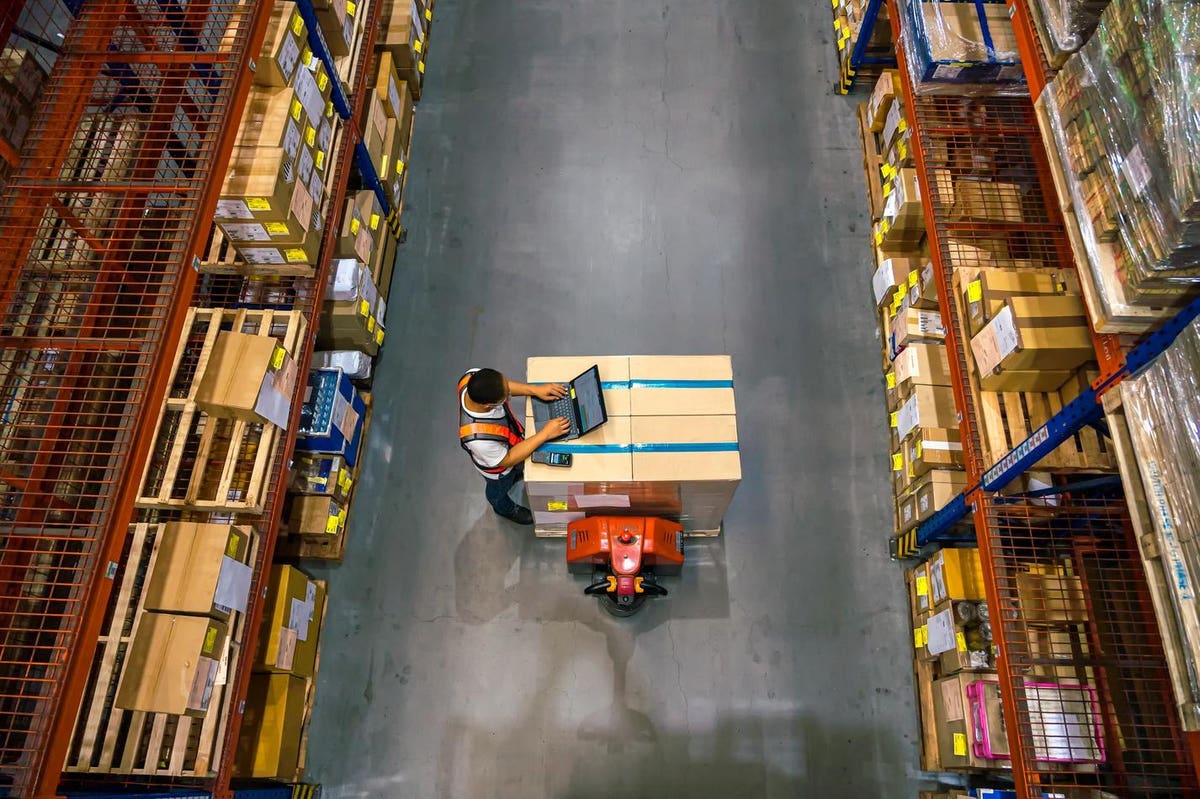Founder/CEO of Mercado Labs, Robert has 25 years of experience in tech solutions that improve end-to-end efficiencies in the supply chain.
At the start of the year, I wrote an article titled “2023: The Year The Global Supply Chain Bounces Back,” which ventured into the realm of predictions for the year ahead. As we head into the second half of the year, I wanted to reflect back on those predictions and assess how they align with the unfolding reality of the global supply chain landscape.
The global supply chain industry finds itself at a critical juncture, grappling with the aftermath of unprecedented challenges and attempting to recalibrate for a future filled with uncertainties. As in my article at the start of the year, the supply chain vulnerabilities exposed over the past 36 months have triggered a profound reevaluation of sourcing strategies and the adoption of digital solutions. However, the actual developments have unfolded in ways both expected and unexpected, offering a nuanced view of the industry’s resilience and persistent hurdles.
GDP Growth And Recalibration
The projected GDP growth for 2023 stands at a modest 1.4%, signifying a cooling off compared to the initial predictions. While the industry initially experienced a sharp decline with the pandemic’s onset, subsequent recovery efforts and recalibration have allowed importers to return to “normal” inventory levels, addressing the tremendous glut witnessed in Q2 of 2022.
Logistics, too, have rebounded, reverting to pre-pandemic levels in terms of capacity and pricing. However, while these developments provide temporary relief, I find they can mask the underlying vulnerabilities that persist, as factory shutdowns and port issues could resurface with any future global shock.
Navigating Trade Tensions And Diversification
The uncertainties surrounding tariffs, trade wars and geopolitical tensions remain unabated, compelling global supply chains to explore strategies to manage the “China problem” and hedge against potential disruptions. Diversification of production across multiple locations has emerged as a viable solution, although I’m noticing that the affordability of cheap labor costs in Southeast Asia continues to be a significant factor for many. I believe the industry, therefore, faces a delicate balancing act as it seeks to mitigate risks while optimizing production efficiency.
The Impact Of Market Fluctuations
The first half of the year seems to have had relatively minimal shocks and disruptions compared to a year ago; however, as peak selling season shifts into view, I find Q3 and Q4 could offer a very different flavor of events. The delicate interplay between fluctuating consumer demand and the industry’s ability to meet it remains an ongoing concern.
While the market shows signs of stability, I believe the true litmus test lies in its resilience during critical periods of demand fluctuations.
Digitization: Progress And Missed Opportunities
The prediction of increased digitization has materialized to some extent, primarily in automation within the final mile and the implementation of AI for overall efficiency. Notably, investments have predominantly favored these areas, as I predicted in my earlier article, leaving significant untapped potential in the import first mile, encompassing order placement through to distribution centers. In my opinion, importers who seize this opportunity can unlock transformative benefits, including a more connected go-to-market approach, improved forecasting and enhanced efficiency throughout the supply chain.
Challenges In Technology Adoption
I’m seeing the industry continue to grapple with challenges in sourcing and adopting the right technology solutions. The allure of the final mile often overshadows the untapped potential for growth and positive disruption in the first mile.
Companies must navigate the complexity of selecting appropriate technology partners and solutions, ensuring seamless integration with existing systems and addressing the limitations and learning curves associated with implementation. Overcoming these obstacles requires a commitment to research, flexibility and a long-term perspective.
The Roadmap To A Resilient Future
Despite the slow pace of change, I find that the prevailing market conditions demand a transformative approach. Digitization remains the key to building resilience and reducing costs in the supply chain. While challenges persist, importers like Zara, who have embraced digitization (registration required) in the first mile, have witnessed immediate benefits—including increased efficiency, cost savings, improved visibility and greater agility. It is imperative for businesses to recognize the interconnectedness of the entire supply chain and to prioritize investments that bridge the gap between supply and demand.
As the global supply chain industry sails through the tumultuous waters of trade tensions, economic headwinds and social activism, the path to stability and growth lies in embracing digitization and addressing the vulnerabilities that persist. I believe the industry must shed the vestiges of outdated tools and methods, recognizing that the first mile plays a pivotal role in shaping downstream successes. Although the journey may be arduous, the potential rewards—greater efficiency, cost savings and improved resilience—are well worth the effort.
I have no doubt that 2023 will be remembered as a pivotal period in the ongoing transformation of the global supply chain. As importers adapt and learn from the challenges faced, the industry will continue to evolve, forging a more interconnected, agile and responsive future. It is a time for boldness, innovation and an unwavering commitment to charting a new course—one that is anchored in digitization, embraces collaboration and ultimately propels the supply chain industry toward long-term success.
Forbes Business Council is the foremost growth and networking organization for business owners and leaders. Do I qualify?
Read the full article here




